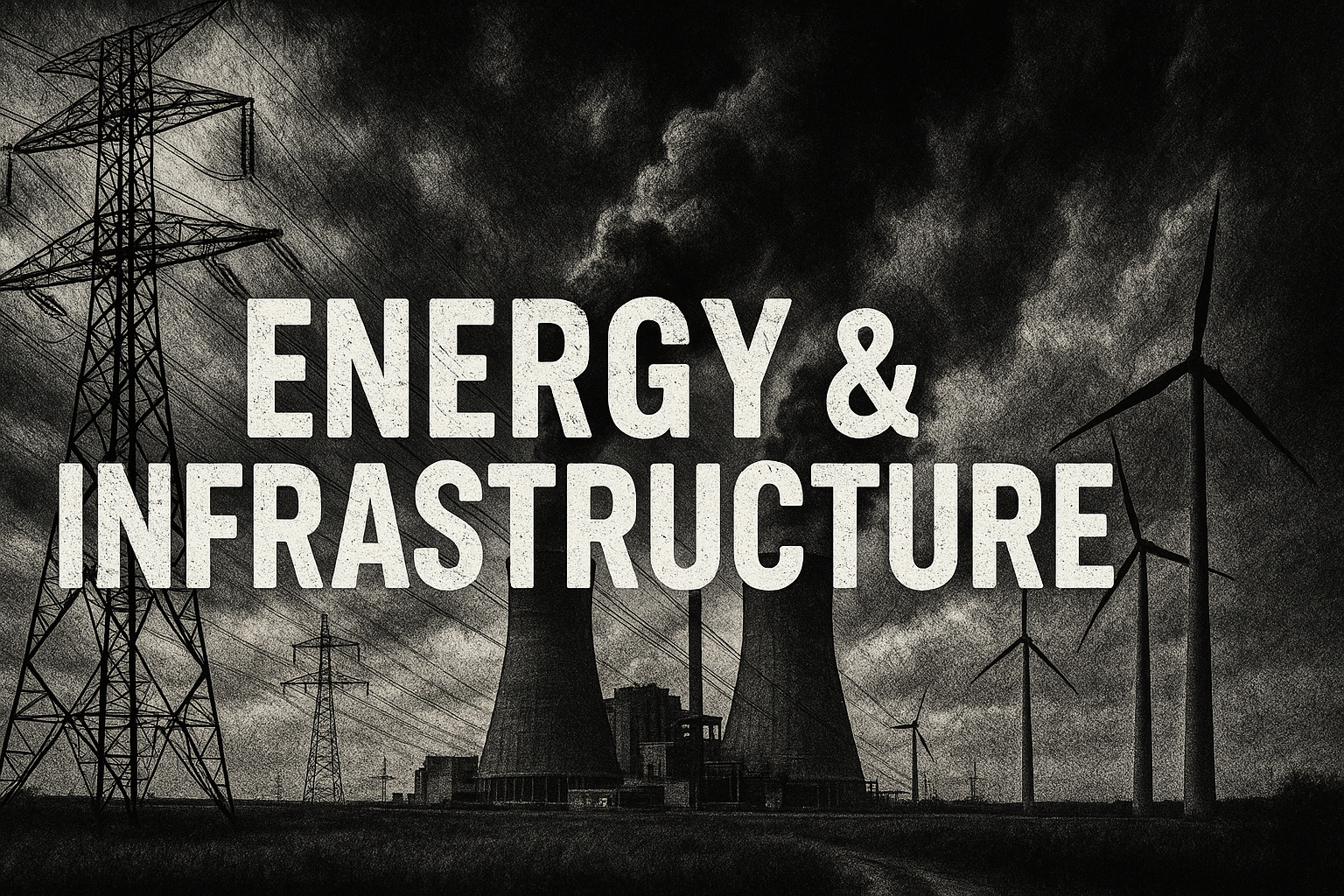DOE Warns of Impending Power Outages Due to Retiring Firm Generation

The U.S. Department of Energy (DOE) has issued a stark warning that allowing 104 gigawatts (GW) of firm generation capacity to retire by 2030 without timely replacement could lead to significant power outages. Firm generation, which includes coal, natural gas, and nuclear power, is essential for maintaining a reliable electricity supply. However, the DOE predicts that annual outage hours could surge from single digits to over 800 hours annually, leaving millions of households and businesses vulnerable. The agency attributes this risk to the growing reliance on intermittent renewable energy sources like wind and solar, which are dependent on weather conditions. This shift, driven by what the DOE describes as radical green ideology, has created a "growing mismatch" between electricity demand and supply. The increasing demand for electricity, particularly from AI-driven data centers, exacerbates this issue. Currently, plans to replace the retiring 104 GW of firm generation include 209 GW of new power generation by 2030. However, only 22 GW of these replacements are set to be firm generation. Secretary of Energy Chris Wright has criticized previous leaders for pursuing policies that forced the closure of baseload power sources, emphasizing the need for reliable power to support reindustrialization and the AI race. The DOE has directed the Secretary of the Interior to revise rules to eliminate preferential treatment for wind and solar facilities compared to firm power sources. The agency argues that reliance on these sources compromises the electric grid and threatens national security by making the U.S. dependent on foreign supply chains. To address this, the DOE is proposing to terminate certain clean energy tax credits established under the Inflation Reduction Act, with some cuts taking effect as early as this year. The administration is committed to advancing a strategy of energy addition, supporting all forms of energy that are affordable, reliable, and secure. This approach aims to ensure a stable and resilient electric grid capable of meeting the nation's growing energy demands while safeguarding national security and economic growth.
Published: 7/8/2025
















